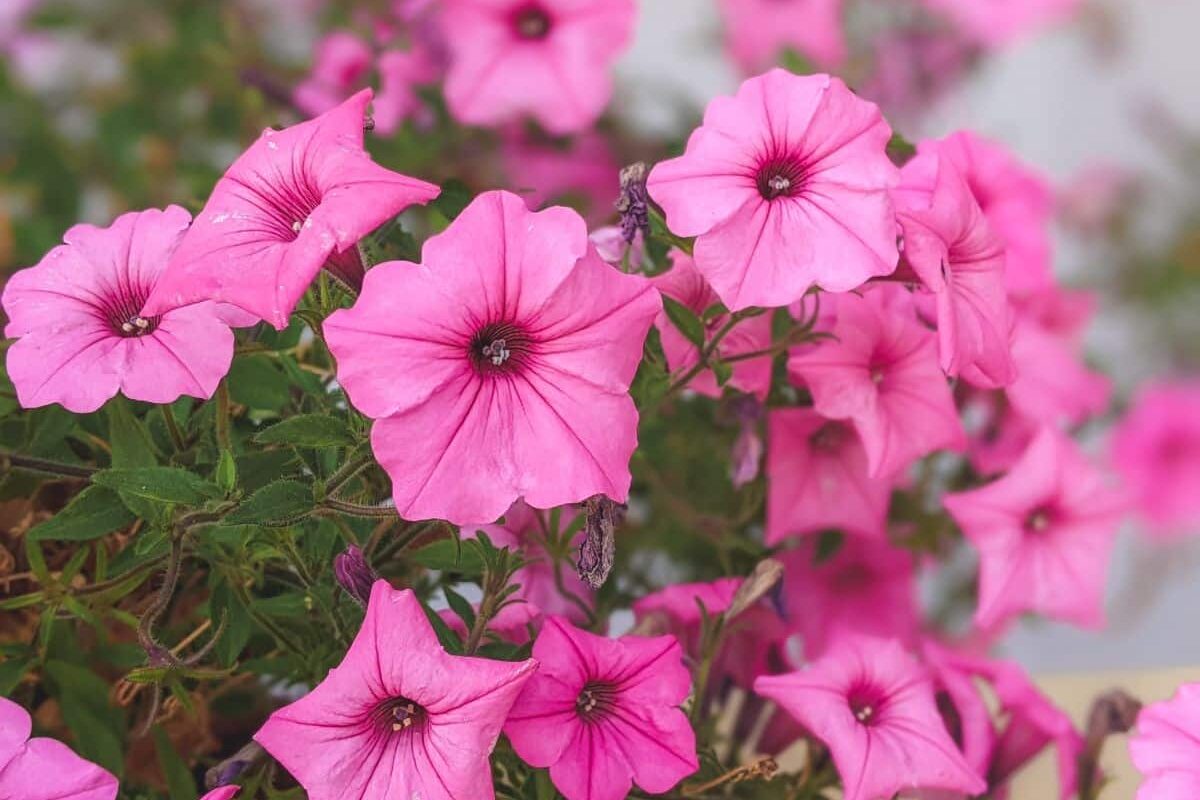Most gardeners need to bid adieu to garden flowers by the end of fall. However, if you live in an area with mild winters, you may be able to grow flowers all winter long. In this guide, you’ll find some of the hardiest and most rewarding flowers to grow throughout the winter months so you can reap the rewards of flower gardening all year round!
1. Pansies and violas
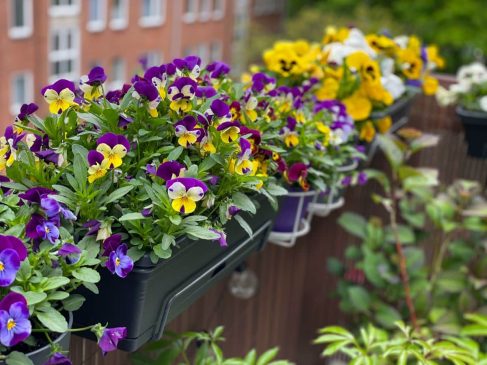
Pansies and violas are top plants to grow in porch planters and hanging baskets, but these easy-going plants can also be used in garden beds and garden borders.
2. Sweet peas
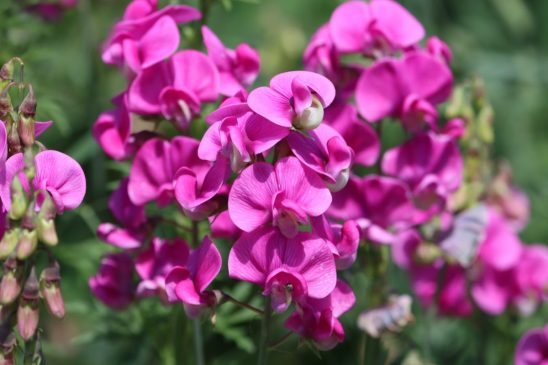
A top choice for cool-weather gardens, sweet peas are commonly grown in spring and autumn in areas where winters are harsh.
3. Snapdragons
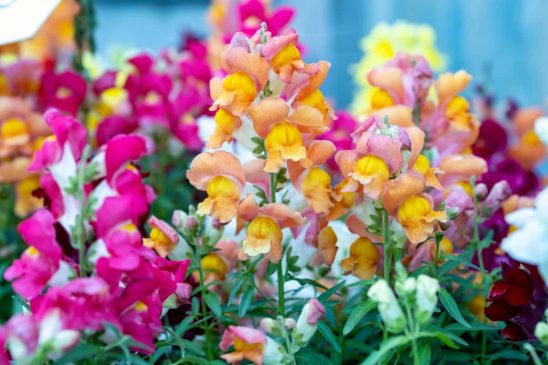
Another cool season favorite, snapdragons, can flower from spring through fall in most areas, and many gardeners keep these plants as annuals.
4. Stock
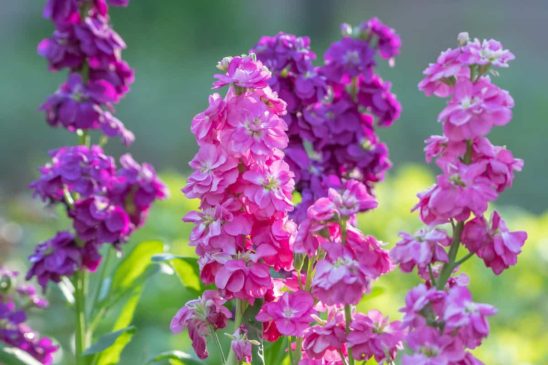
Also known as gillyflower, stock plants are grown in most areas as springtime bloomers. But in gardens with mild climates, stock plants may flower even earlier in the year, and they may even bloom in winter!
5. Calendula
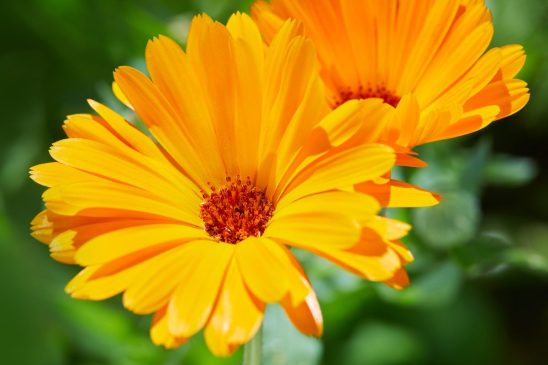
Many growers cultivate calendula flowers during the warmer months, but calendula plants can tolerate fall frosts, too. However, if you live in a mild climate, you can also sow calendula seeds in autumn and get flowers in late winter, long before other plants start to bloom.
6. Cyclamen
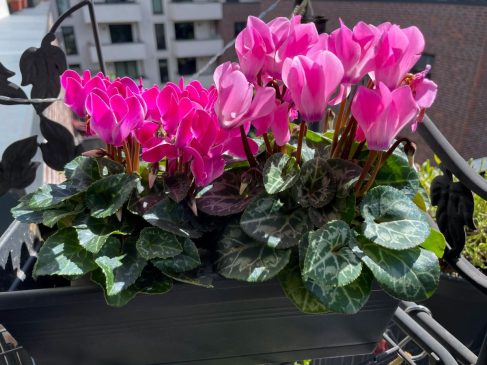
Cyclamen plants are native to areas in Europe and the Middle East, where summers are hot and winters are cool and damp. Typically, these plants go dormant during the summer months, and their long-lasting flowers can be admired from fall until spring.
7. Marigolds
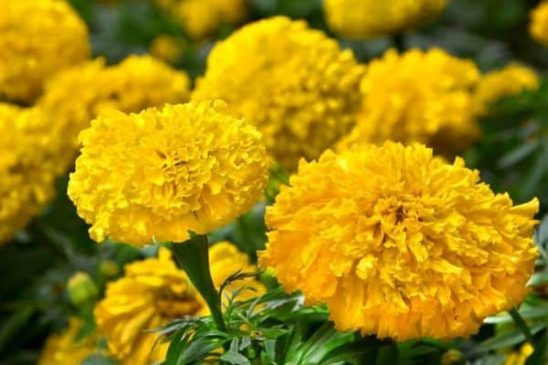
Marigolds are often grown in vegetable gardens to deter pests, but marigolds’ cheerful golden and orange blooms look appealing in container gardens and flower beds, too.
8. Bachelor buttons
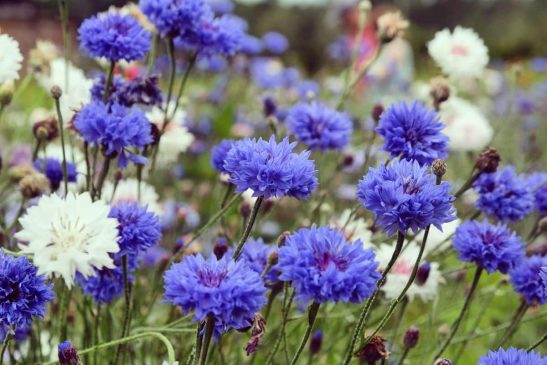
Also known as cornflowers, bachelor buttons are well known for their brilliant blue coloration, but you can also find bachelor buttons with purple and white blooms.
9. Hellebores
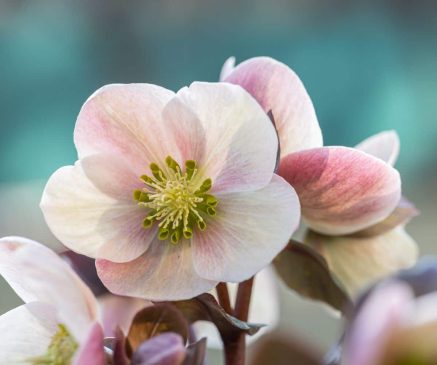
Also known as Lenten roses, hellebores typically bloom around Eastertime. But if your garden doesn’t experience harsh winters, you may get hellebore flowers even earlier. This is especially true if you grow early bloomers like Christmas rose hellebores, which bloom from November to January.
10. Zonal geraniums
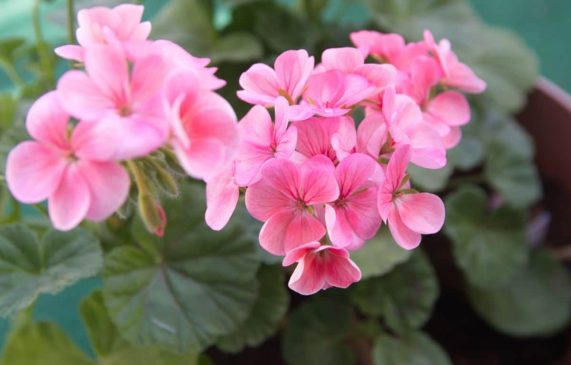
There are many types of geraniums, but zonal geraniums are one of the most popular, especially if you love keeping flowers in porch planters and hanging baskets.
11. Lobelia
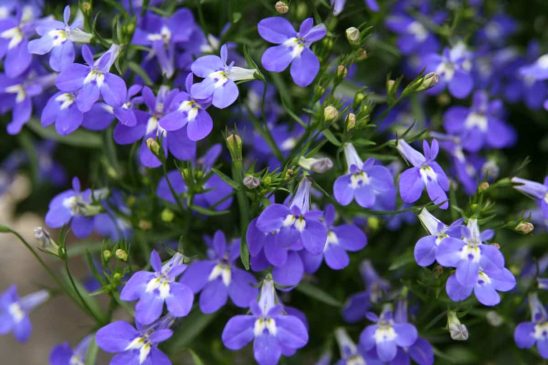
In most areas, lobelia plants die back in winter. But if you live in an area that doesn’t experience hard freezes, you may be able to keep these flowers going throughout the winter months.
12. Nasturtiums
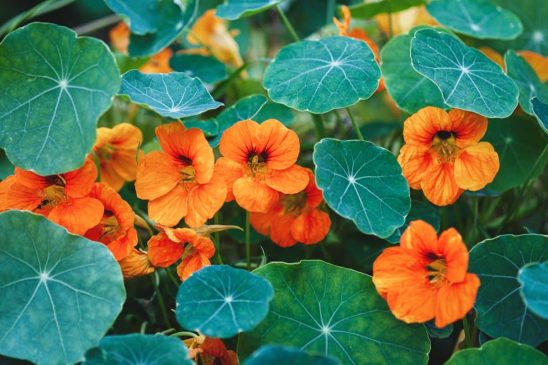
Nasturtiums are long-season bloomers that start to flower about 4 to 6 weeks after seeds are planted, and they can continue to flower through autumn in most areas.
13. Petunias
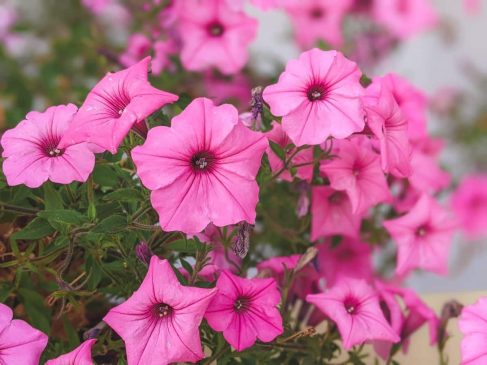
Petunias grow as perennials in USDA growing zones 9 through 11, and, in these areas, there’s no need to winterize these plants. Instead, petunias can continue to reward garden-goers with flamboyant, trumpet-shaped flowers throughout the winter, as long as temperatures don’t dip below 40F.
14. Ranunculus
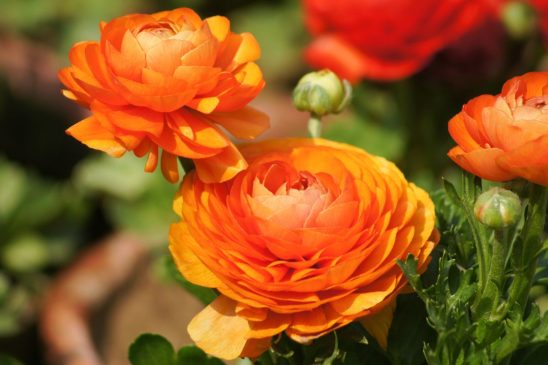
Ranunculus are cool season flowers that have a deceptively dainty appearance. While these plants may look like they can’t handle cold, ranunculus actually flowers best when temperatures are around 55F, and they often bloom in spring — long before other plants emerge from winter dormancy.
15. Alyssum
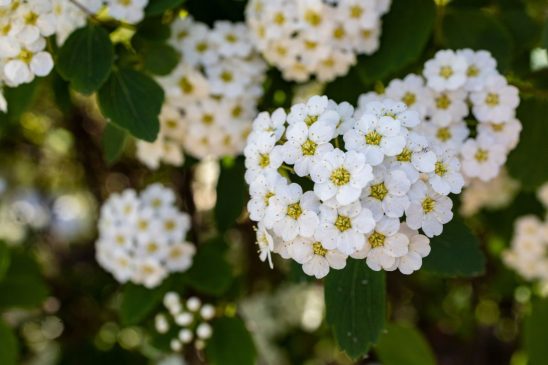
Like petunias, alyssum plants are commonly grown as annuals in most areas; however, they are technically perennials in growing zones 9 through 11. In these regions, alyssum can continue to bloom throughout the winter months, adding much-needed color to beds when other plants aren’t flowering.
16. Asters
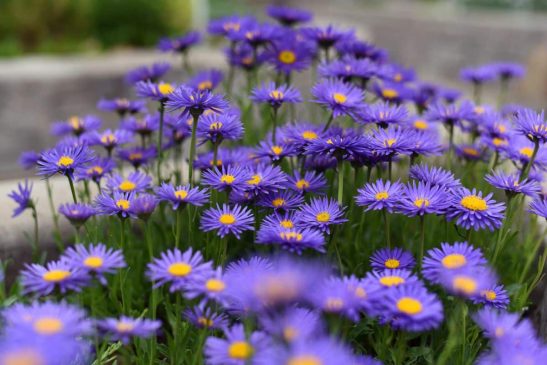
Asters are autumn favorites, and in most areas, aster blooms die back when winter starts. But in mild climates, asters can continue to flower through early winter, and they put on quite a display when they do!
Credıt: Pınterest
Source:Garden Lover
